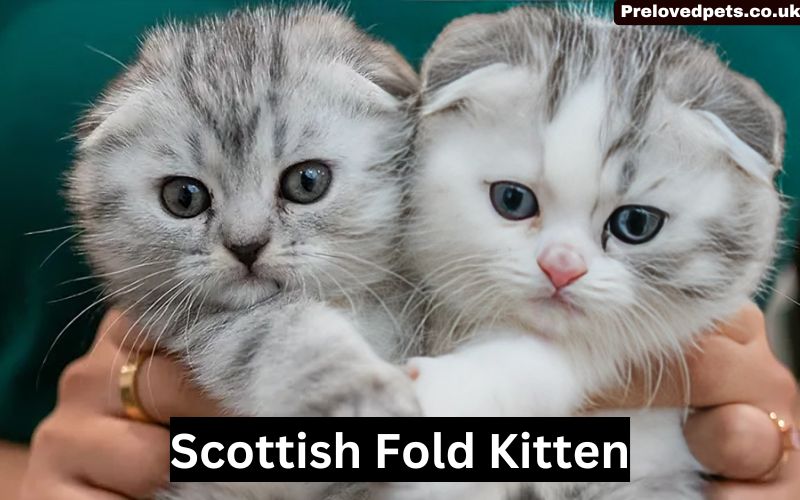Incorporating greens into your pet’s diet can be a wonderful way to provide essential nutrients and promote overall health. Whether you have a dog, cat, rabbit, bird, or reptile, understanding which greens are beneficial and how to incorporate them properly is crucial. This comprehensive guide explores the benefits, types, and considerations for including greens in your pet’s diet, ensuring a balanced and nutritious lifestyle for your beloved companions.
The Nutritional Benefits of Greens
Greens are packed with vitamins, minerals, antioxidants, and fiber that can significantly enhance your pet’s health. These nutrient-dense foods provide essential vitamins such as A, C, K, and various B vitamins, as well as minerals like calcium, iron, and magnesium. These nutrients are vital for bone health, immune function, and overall vitality. The antioxidants found in greens help combat oxidative stress, reducing the risk of chronic diseases and promoting a healthy immune system. Additionally, dietary fiber aids in digestion, helps maintain a healthy weight, and can prevent gastrointestinal issues. It’s particularly beneficial for pets prone to obesity or digestive problems. Lastly, greens have high water content, which can help keep pets hydrated, especially during hot weather or when they are not drinking enough water.
Greens for Dogs

Dogs are omnivores, meaning they can benefit from a balanced diet that includes both animal and plant-based foods. While the majority of their diet should consist of high-quality protein, adding greens can provide essential nutrients and variety.
Spinach is rich in iron, vitamin A, and fiber and is a great addition to a dog’s diet in moderation. It’s best served cooked to reduce oxalate levels, which can interfere with calcium absorption. Kale is another nutrient-dense green that offers vitamins A, C, and K, as well as antioxidants. It should be served in small amounts due to its high oxalate content. Green beans, low in calories and high in fiber, are excellent for weight management and can be served cooked or raw, as long as they’re free from added salt or seasonings. Broccoli, a cruciferous vegetable, is a good source of vitamins C and K and is best served cooked to reduce the potential for gas and digestive discomfort. Parsley, known for its freshening properties, is also rich in vitamin K and can be used as a garnish or ingredient in homemade dog treats.
Introduce greens gradually to your dog’s diet to avoid digestive upset. Start with small amounts and monitor your dog’s reaction. Greens can be steamed, pureed, or finely chopped and mixed into their regular food. Avoid adding seasonings, oils, or butter, as these can be harmful to dogs. Always consult with your veterinarian before making significant changes to your dog’s diet, especially if they have existing health conditions Greens for Healthy Pets.
Greens for Cats
Cats are obligate carnivores, meaning their diet primarily requires animal-based proteins. However, small amounts of certain greens can offer health benefits and aid in digestion.
Cat grass, or wheatgrass, is specifically grown for feline consumption and can aid digestion and provide a natural source of fiber. It can also help prevent hairballs by aiding in the passage of ingested fur. Spinach, in moderation, can provide vitamins A, C, and K, as well as iron. However, it should be avoided in cats with a history of urinary or kidney issues due to its oxalate content. Lettuce, a low-calorie option, provides hydration and a small amount of fiber, and is best served raw and chopped into small pieces.
Cats are less likely to eat greens than dogs, so offering them in a palatable way is important. Cat grass can be grown indoors and offered as a treat. For other greens, try mixing small amounts into their wet food or offering them as an occasional snack. Be cautious and avoid forcing greens on your cat, as they have specific dietary needs and preferences Greens for Healthy Pets.
Greens for Small Mammals
Small mammals like rabbits, guinea pigs, and hamsters thrive on a diet that includes a variety of fresh greens. These greens provide essential nutrients and help mimic their natural foraging behavior.
Romaine lettuce is a safer alternative to iceberg lettuce, rich in fiber and low in calcium, making it suitable for rabbits and guinea pigs. Dandelion greens are a great source of vitamins A, C, and K, and are safe for most small mammals. They can be fed fresh or dried. Cilantro, an aromatic herb, is rich in antioxidants and can add variety to your pet’s diet. It’s generally safe in moderation. Basil provides a pleasant flavor and a good dose of vitamins A and K, and is best served fresh. Mint, known for its digestive benefits, can be a refreshing treat for small mammals.
Wash all greens thoroughly to remove pesticides and contaminants. Offer a variety of greens daily, alongside a staple diet of hay and pellets. Introduce new greens gradually and in small amounts to prevent digestive issues. Avoid high-oxalate greens, such as spinach, in large quantities, as they can contribute to kidney and bladder issues.
Greens for Birds
Birds, particularly parrots, enjoy a diverse diet that includes fruits, seeds, and vegetables. Greens play a crucial role in providing essential vitamins and minerals Greens for Healthy Pets.
Swiss chard is packed with vitamins A, C, and K and is best offered cooked or lightly steamed. Collard greens, rich in calcium and vitamin K, can be a valuable addition to a bird’s diet, but should be served in small amounts to avoid excess calcium intake. Mustard greens provide a spicy flavor and are rich in antioxidants, and should be offered fresh and chopped. Arugula, a peppery green, offers a good source of vitamin K and calcium and is a great addition to a bird’s fresh food diet. Bok choy, a member of the cabbage family, is rich in vitamin C and fiber, and is best served fresh and chopped.
Birds enjoy exploring their food, so offering greens in various forms can encourage natural foraging behavior. Hang leafy greens in the cage, chop them into small pieces, or blend them into bird-safe smoothies. Always ensure that greens are pesticide-free and avoid overfeeding, as excess greens can lead to imbalances in their diet.
Greens for Reptiles
Reptiles, including turtles, tortoises, and iguanas, often require a diet rich in leafy greens to thrive. These greens provide essential nutrients and hydration Greens for Healthy Pets.
Collard greens are an excellent source of calcium and vitamin A, making them a staple in many reptile diets. They should be offered fresh and chopped. Dandelion greens, rich in vitamins A and C, are safe for most reptiles and can be fed frequently. Turnip greens provide a good balance of calcium and phosphorus, making them suitable for reptiles that need a calcium-rich diet. Endive is low in oxalates and high in fiber, making it a great choice for reptiles. It can be offered fresh and chopped. Escarole, similar to endive, is a low-oxalate green that provides fiber and vitamins, and is a good addition to a varied diet.
Reptiles require a varied diet to prevent nutritional deficiencies. Offer a mix of greens daily, ensuring they are free from pesticides and other contaminants. Chop greens into appropriate sizes for your reptile species and avoid overfeeding high-oxalate greens, as they can interfere with calcium absorption. Provide a source of UVB lighting to aid in calcium metabolism, especially for reptiles that require it.
Greens to Avoid for Pets
While many greens are beneficial, some can be harmful or toxic to pets. It’s important to know which greens to avoid to ensure your pet’s safety.
Onion and garlic are toxic to dogs, cats, and many other animals, causing gastrointestinal irritation and damaging red blood cells. Rhubarb leaves are highly toxic due to their oxalate content and can cause severe health issues in pets. The green parts of the tomato plant, including leaves and stems, contain solanine, which is toxic to pets. While safe in moderation, spinach’s high oxalate content can be problematic, particularly for pets prone to kidney or urinary issues. Finally, avocado contains persin, a compound that can cause vomiting and diarrhea in dogs and cats and can be deadly to birds and small mammals Greens for Healthy Pets.
For More Information Visit: Preloved Pets
Conclusion
Incorporating greens into your pet’s diet can offer numerous health benefits, from providing essential nutrients to aiding digestion and hydration. However, it is crucial to choose the right greens for your pet’s species and dietary needs. Always introduce new foods gradually and consult with a veterinarian to ensure that your pet’s diet is balanced and appropriate for their specific health conditions. By offering a variety of safe, nutritious greens, you can enhance your pet’s overall well-being and contribute to a healthier, happier life.




